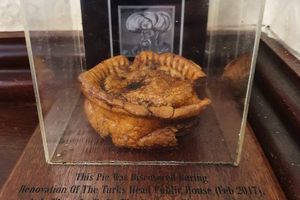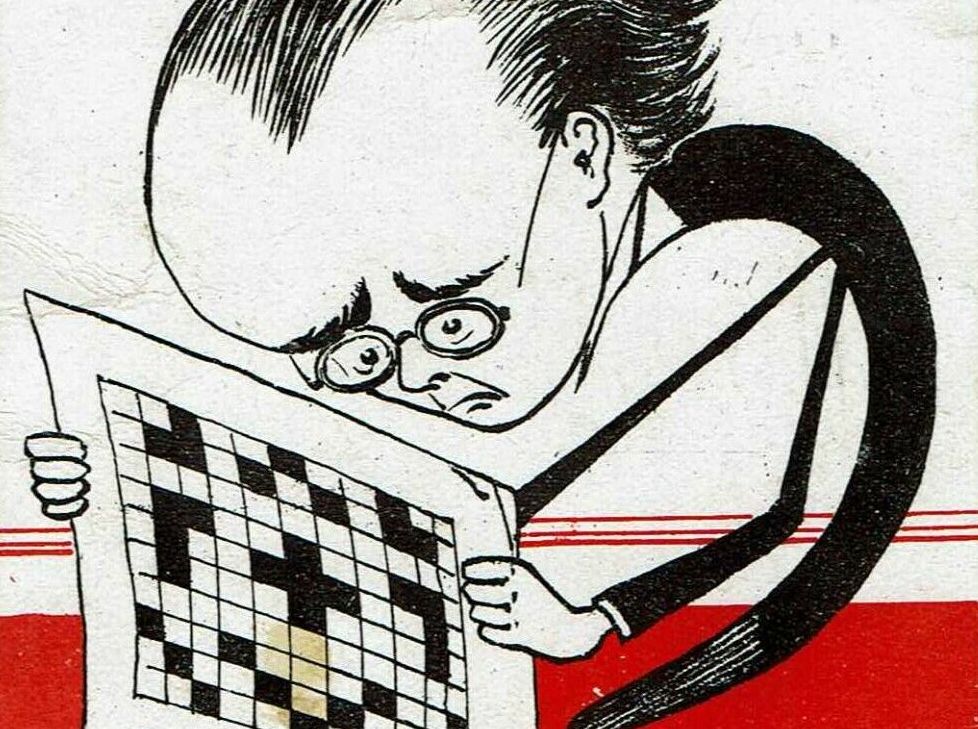Fantasy Romance, a Mystery, & More
Apr. 23rd, 2025 03:30 pmThe Resurrectionist

The Resurrectionist by A. Rae Dunlap is $3.99! Carrie read this one and gave it a B-:
This book was gripping from beginning to end. The sense of place and atmosphere were fantastic. I was certainly entertained. However, the story raises some huge questions, both personal ones for the characters and more overarching philosophical and ethical ones, and then never really unpacks them. It was a light book with a heavier story trapped inside it that never quite made it out.
In the tradition of The Alienist and A Love Story, a decadently macabre, dark and twisty gothic debut set in 19th century Scotland – when real-life serial killers Burke and Hare terrorized the streets of Edinburgh – as a young medical student is lured into the illicit underworld of body snatching.
Historical fiction, true crime, and dark academia intertwine in a harrowing tale of murder, greed, and the grisly origins of modern medicine for readers of Lydia Kang, ML Rio, Sarah Perry, and C.E. McGill.
Edinburgh, Scotland, 1828. Naïve but determined James Willoughby has abandoned his posh, sheltered life at Oxford to pursue a lifelong dream of studying surgery in Edinburgh. A shining beacon of medical discovery in the age of New Enlightenment, the city’s university offers everything James desires—except the chance to work on a human cadaver. For that, he needs to join one of the private schools in Surgeon’s Square, at a cost he cannot afford. In desperation, he strikes a deal with Aneurin “Nye” MacKinnon, a dashing young dissectionist with an artist’s eye for anatomy and a reckless passion for knowledge. Nye promises to help him gain the surgical experience he craves—but it doesn’t take long for James to realize he’s made a devil’s bargain . . .
Nye is a body snatcher. And James has unwittingly become his accomplice. Intoxicated by Nye and his noble mission, James rapidly descends into the underground ranks of the Resurrectionists—the body snatchers infamous for stealing fresh corpses from churchyards to be used as anatomical specimens. Before he knows it, James is caught up in a life-or-death scheme as rival gangs of snatchers compete in a morbid race for power and prestige.
James and Nye soon find themselves in the crosshairs of a shady pair of unscrupulous opportunists known as Burke and Hare, who are dead set on cornering the market, no matter the cost. These unsavory characters will do anything to beat the competition for bodies. Even if it’s cold-blooded murder . . .
Exquisitely macabre and delightfully entertaining, The Resurrectionist combines fact and fiction in a rollicking tale of the risks and rewards of scientific pursuit, the passions of its boldest pioneers, and the anatomy of human desire.
Business Casual

Business Casual by B.K. Borison is $1.99! This is book four in the Lovelight series. This romance features two opposites who agree to a one night stand. I’ve heard good things about this series. Have you read any?
Two opposites decide to test their chemistry with one steamy night together. But will once be enough?
Nova Porter isn’t looking for love, and she certainly has no explanation for her attraction to buttoned-up, three-piece-suit-wearing investment banker Charlie Milford. Maybe it’s his charm? Or maybe it’s his determination to help her fledgling business however he can. Either way, she’s distracted every time he’s around. With her new tattoo studio set to open in her hometown of Inglewild, she doesn’t have time for frivolous flirtations.
In an effort to get Charlie out of her system once and for all, Nova offers a proposition. One night. No strings. They’ll kick their uncomfortable attraction to the curb and return to their respective responsibilities. But their explosive night together scatters their expectations like fallen leaves. And with Charlie in town as the temporary head of Lovelight Farms, Nova can’t quite avoid him.
And Charlie? Well, Charlie knows a good investment when he sees one. He’s hoping he can convince Nova he’s worth some of her time.
The Lost Man

The Lost Man by Jane Harper is $2.99! This is a standalone mystery and a few of us at SBTB HQ love Harper’s mysteries (myself included). They’re a little twisty and extremely atmospheric. Are you a fan?
Two brothers meet at the remote fence line separating their cattle ranches in the lonely outback. In an isolated belt of Queensland, they are each other’s nearest neighbor, their homes four hours’ drive apart.
The third brother lies dead at their feet.
Something caused Cam, the middle child who had been in charge of the family homestead, to die alone in the middle of nowhere.
So the eldest brother returns with his younger sibling to the family property and those left behind. But the fragile balance of the ranch is threatened. Amidst the grief, suspicion starts to take hold, and the eldest brother begins to wonder if more than one among them is at risk of crumbling as the weight of isolation bears down on them all.
Throne of Secrets

Throne of Secrets by Kerri Maniscalco is $4.99! This is book two in the Prince of Sin series. I loved book one and excitedly preordered this one. These are erotic fantasy romances and I rarely see them on sale, so $4.99 might be the best discount we can get for a while.
Two rivals torn apart by a dark memory reunite on a deadly hunt—and in an irresistibly twisted fairy tale—in the next steamy standalone fantasy romance from New York Times bestselling sensation Kerri Maniscalco.
A wicked prince determined to save his kingdom.
Gabriel Axton—infamous as the Prince of Gluttony, the self-proclaimed rake of rakes—has always lived for in delicious food, in tantalizing women, and most of all, in the thrill of the hunt, where his love of danger can take over. But when his favorite adventure takes a deadly turn, he realizes something is very wrong in his demon court. With the clock ticking, he must turn to the only one who might uncover the a journalist he has spent a decade avoiding…
A reporter hell-bent on finding the truth.
Adriana Saint Lucent has been on the hunt for years—if she could just report something damning enough about that no-good scoundrel Gabriel Axton, she knows others would finally see the demon as she does. But she never expected to turn up a rumor too terrifying to be could the ice dragons to the north be growing restless? Drawn into the secrets of the Underworld, Adriana’s investigation leads her into the place she dreads most…Axton’s infamous court.
A dangerous rivalry—and deliciously twisted fairy tale.
To stop darkness from falling over their kingdom, Axton and Adriana will have to unite against an escalating danger. But with each holding tight to their own secrets, can they find the truth before it’s too late? And what will they do with an equally troubling that they might not actually hate one another, after all?

























